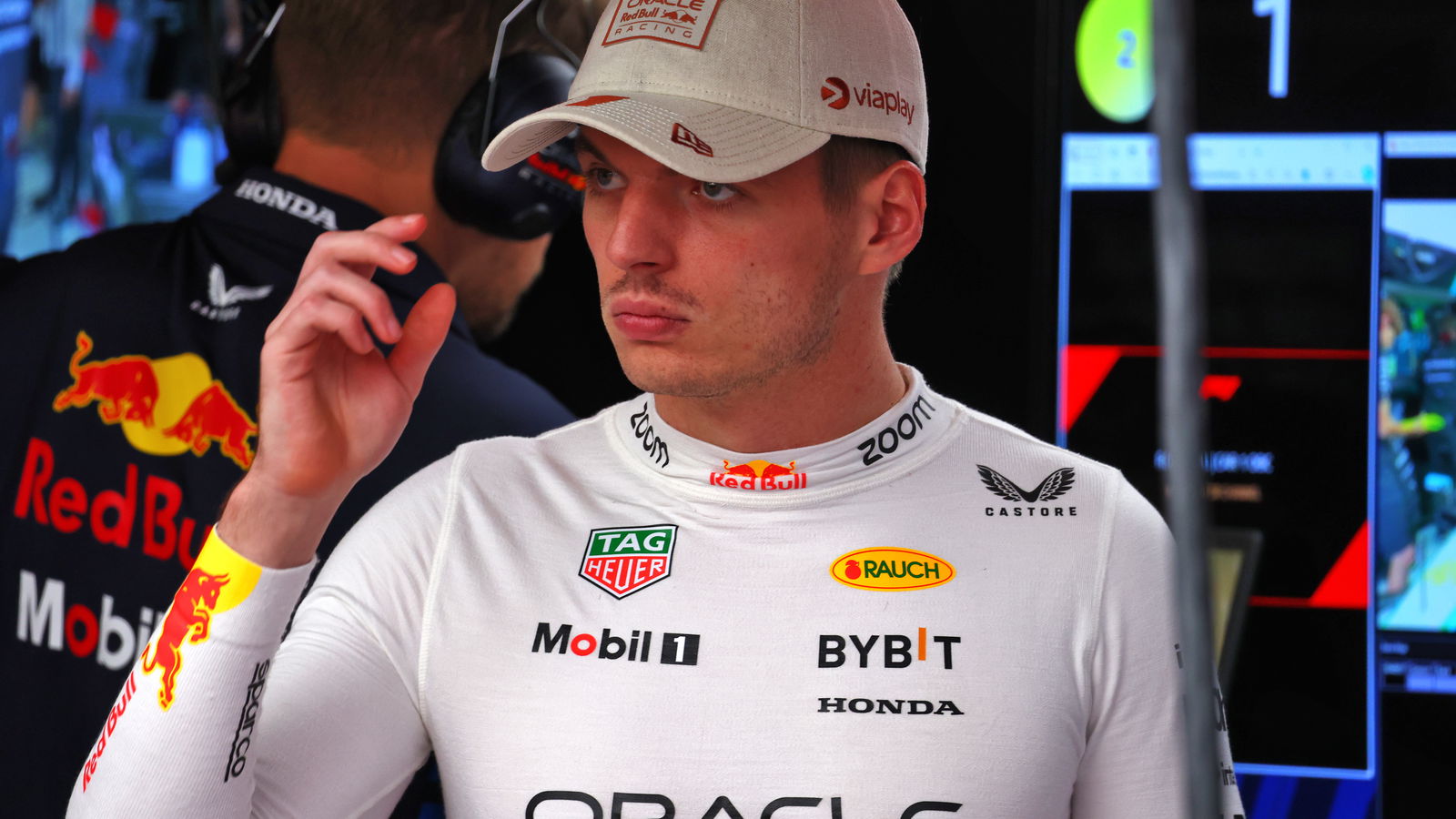Max Verstappen Compares 2026 F1 Regulations To Mario Kart

Yesterday’s announcement of the proposed 2026 Formula 1 regulations seems to have been met with cautious optimism that they’ll lead to a more level playing field in the sport come the year after next, but not everyone’s a fan. That includes reigning World Drivers’ Champion, Red Bull's Max Verstappen, who’s compared one element of the new rules to Mario Kart.
His comments hinge on the planned ‘Manual Override Mode’ that’s set to replace the current Drag Reduction System as an overtaking aid come 2026. Similar to DRS, this will theoretically give a chasing car a driver-deployable speed boost if it’s close enough behind the car in front coming into a straight.

However, where DRS opens a flap in the rear wing to reduce the chasing car’s drag, MOM will summon up more energy from the electric element of the car’s hybrid drivetrain – effectively, a short power boost that the driver can choose to deploy.
It’s being floated as a replacement for DRS as all cars will now have active aero on both the front and rear wings, with drivers able to switch between low- and high-drag settings regardless of their position on track. Given that DRS has been instrumental in plenty of overtakes since its introduction in 2011, the FIA has seen fit to engineer an improved replacement.

Verstappen, though, questions how useful Manual Override Mode will actually be. As reported by RacingNews365, he said “I don’t know how effective [it] will be… maybe we need some bananas, and a red shell,” a reference to some of the items available to players to foil their opponents in the Mario Kart series.
It’s worth noting that F1 is far from the first series to implement something along these lines. IndyCar has used Push-to-Pass on its non-oval races for some time, although rather than being triggered by a time gap to the car in front, the drivers are given a certain amount of Push-to-Pass which they can use at their leisure. But once it’s gone, it’s gone.
It’s certainly created its fair share of exciting racing in IndyCar – we’ll have to wait until 2026 to see if it’s the same in F1 or the three-time world champion is proven right.



Comments